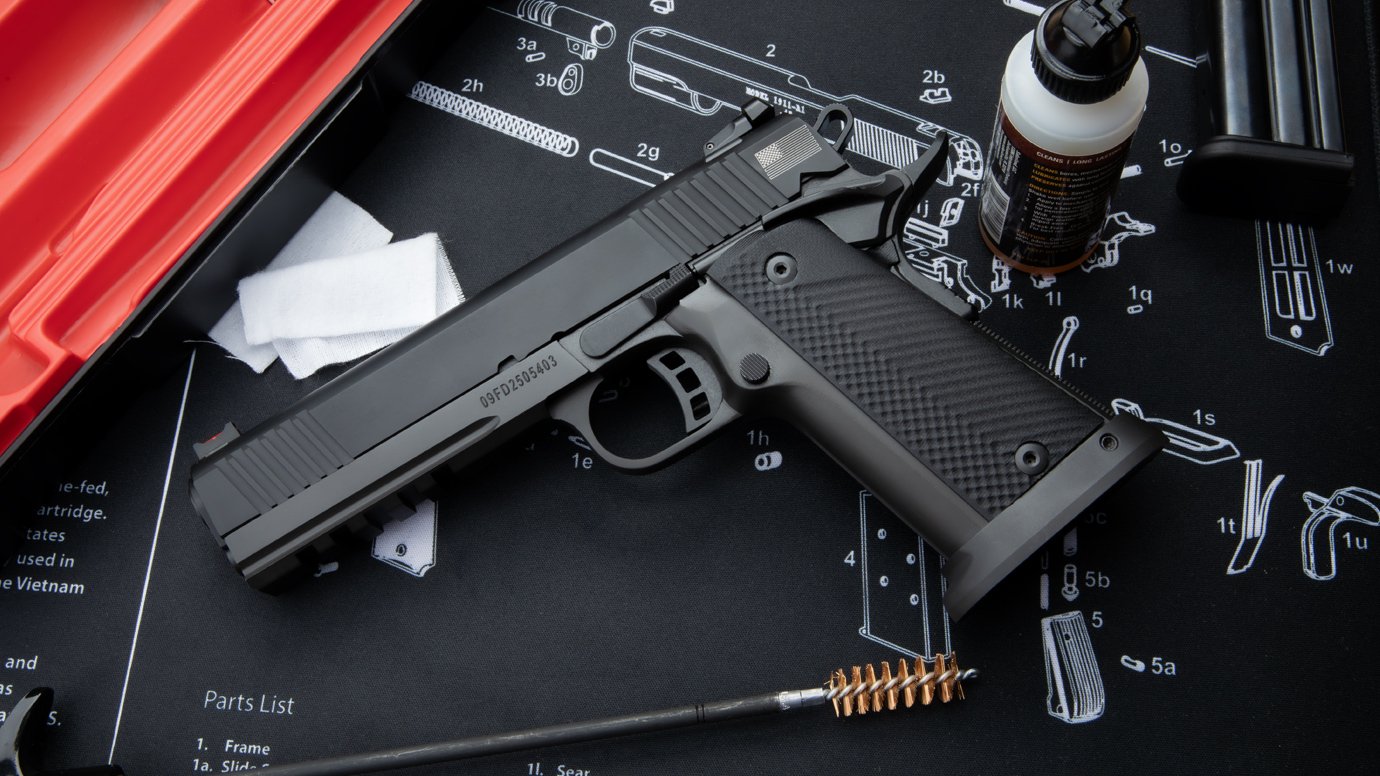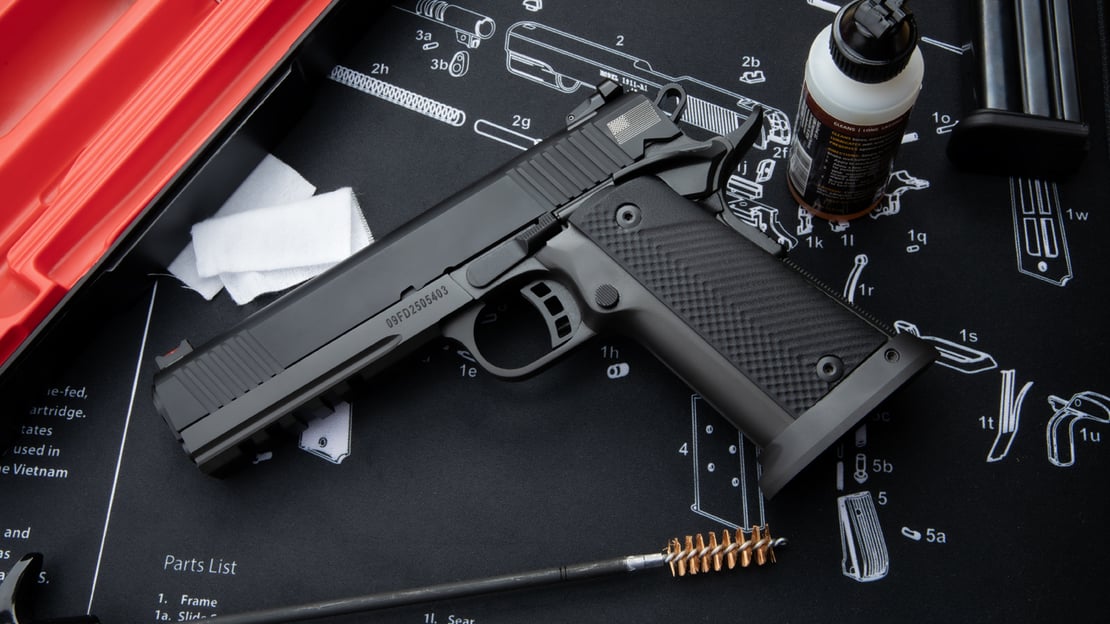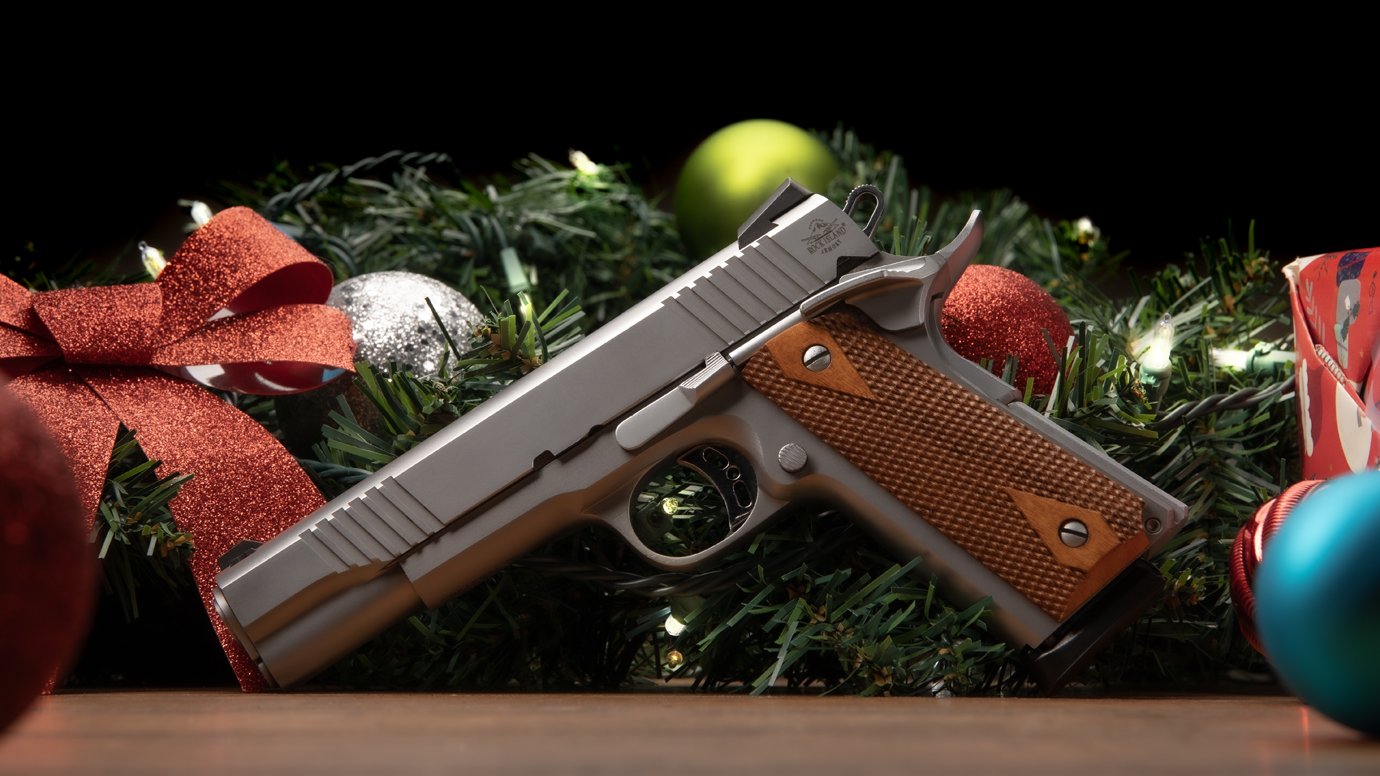Target Focus vs Front Sight Focus
Posted by John McClain on Dec 20, 2023 5 Minute Read
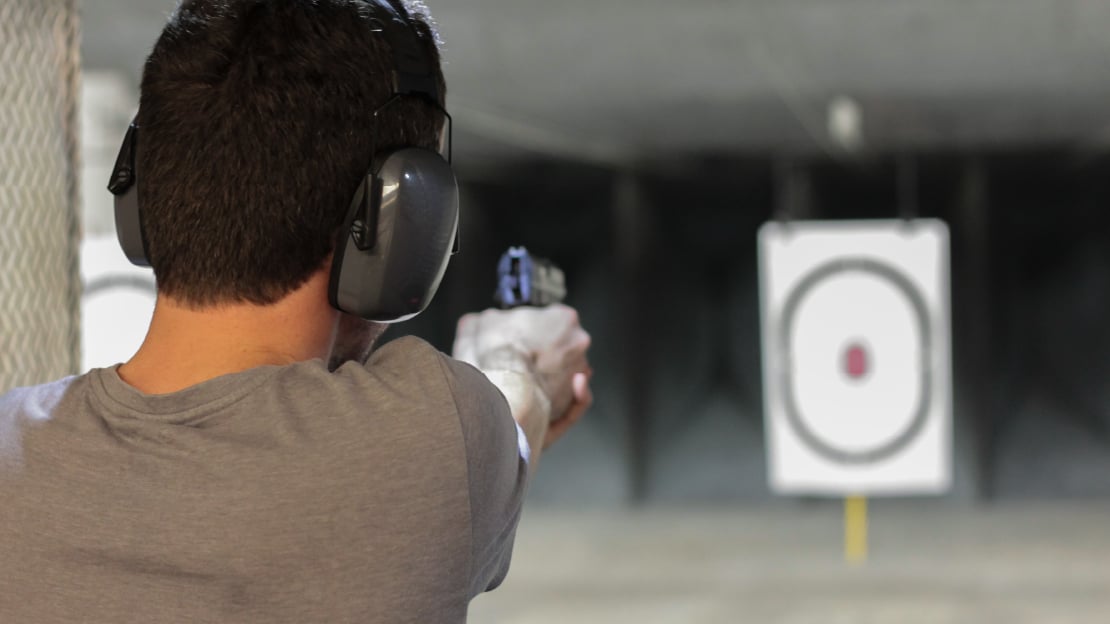
When you first get into shooting, we all hear the same basic instructions from just about everyone: “Watch your front sight,” “Your front sight should be clear,” and “Your target and rear sight should be blurry.” Don't get me wrong, your sights are very important. But are they as important as we have been led to believe? Let's talk a little bit about when your sights matter most.
KEEP YOUR EYE ON THE GOAL
Throughout my shooting career, the one constant I’ve noticed is that everyone experiences change and evolution. As you develop one skill, another skill can start to deteriorate due to a lack of training or practice. To rectify this, we need to perform a delicate balancing act around what skills are necessary for us to accomplish whatever goal we seek. There are two goals most people want: to be faster and more accurate. So, how do our eyes help us accomplish this goal?
Your eyes are really the starting point for the aiming process. Whatever your eyes are looking at your sights will want to follow. We can only focus on one thing at a time. You can't focus on your target AND your sights simultaneously. We have to decide what to focus on at the moment. Let's talk about the difference between being target-focused versus front-sight-focused.
FOCAL POINT VS. PERIPHERAL VISION
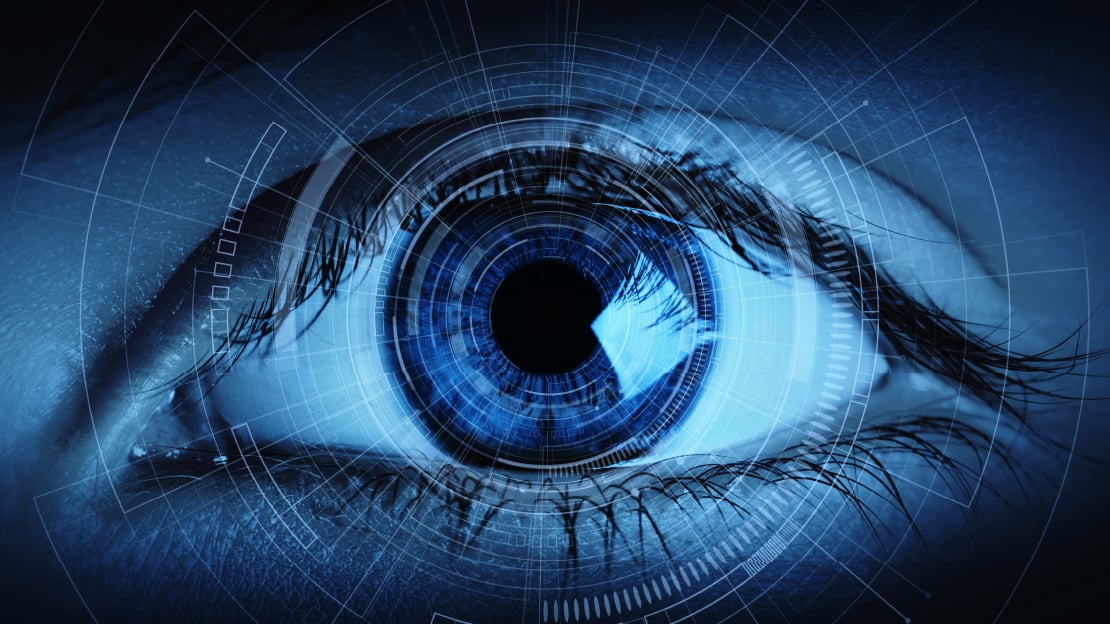
The human eye seems to have a highly detailed focal point that almost seems to have pinpoint accuracy. The rest of our vision is primarily from our peripheral view. With that in mind lies a question: Which would be more beneficial to learn how to use, your focus or your peripheral vision? I would argue that our peripheral vision is what helps keep us alive on a day-to-day basis. It's what helps us see that car that seems to be coming out of nowhere when we're getting ready to cross the street. It helps us see the thing that is starting to fall off the shelf and towards our direction. You don't have to necessarily be watching the object to notice it. So why do we focus so much on our front sight when that causes us to miss details that our peripheral vision can pick up?
For me, most targets that are 10-to-12 yards away are at a distance that I will focus primarily on the target itself and see my sights through my peripheral vision. This is because, at these distances, if your sights are mostly aligned properly, and you perform a perfect trigger pull, you will hit the target. I don't spend a lot of time lining up my sights, confirming they are lined up, and then pulling the trigger. Instead, I will watch the holes appear in my target and make corrections as necessary on the fly.
FRONT SIGHT FOCUS AND TARGET FOCUS
Once we start to reach the 12-to-15-yard mark, it becomes a balancing act between target focus and front sight focus. Wide open targets will result in primarily more target focus, however, targets with penalties or hardcover will result in a little bit more front-sight focus. That concept is a little hard to explain without just trying it for yourself. It's a point of focus that is somewhere between the target and the sites where both are kind of blurry, yet both are a little clearer. I know that seems clear as mud, but the more you learn how to change your focal point the easier this skill becomes.
Once we are past the 15-yard mark, more focus shifts to the front sight, depending on what the shot requires. One thing that I have noticed in my shooting is that I rarely ever put all my focus on the front sight. This is because the more focus you put on your front sight, the blurrier your target becomes. You may even wind up seeing doubles of the same target. That’s why I refuse to commit 100% of my focus on my front sight while firing. I don't know about you, but I was taught to be able to identify your target, and that becomes a bit more challenging when you see the same target twice.
THE RED DOT SIGHT

There is one exception to all this advice, of course. Enter, the red dot sight. The red dot sight is becoming a very popular accessory to many people's EDC setup nowadays. If you are using a red dot optic on your firearm, then this article would have simply said this. Keep your focus on the target and bring the dot to the target then fire your shot at the target. Rinse and repeat. No matter the distance of the target, focus on the target only.
TARGET IN SIGHT
When it comes down to choosing to either focus simply on your target or rely on your front sight, it comes down to personal preference. I don’t ever put all my focus into the front sight. In my eyes, this can throw off my shot and cause blurred vision. The best way to find what works for you is simple: practice. Try shooting with front sight, then try without. When you give each of them a fair amount of time, the answer to what you prefer to focus on becomes perfectly clear.




